New tool solves health care's greatest mystery: What does it cost?
"Many hospitals admit they can barely keep track of their own operating costs, and those costs get passed onto us. But one hospital in Utah has figured out a way to get a handle on the problem and others are anxious to follow its lead," said NBC Nightly News anchor Lester Holt in a Thanksgiving weekend segment featuring a cost analysis system that has enabled University of Utah Health Care to actually bend the cost curve. And what the Utah system has found is: Lower-cost care is better care. "When you compare us to other university hospitals across the country, while their costs have gone up, ours have actually gone down"—and that's leading to better patient outcomes, explains the health system's CEO Vivian S. Lee, M.D. Ph.D., M.B.A. "We don't just want to be chasing the dollar. We want to make sure our patients have great outcomes at lower costs."
Value Driven Outcomes in the News

What are a hospital's costs? Utah system is trying to learn
Only in the world of medicine would Dr. Vivian Lee's question have seemed radical. She wanted to know: What do the goods and services provided by the hospital system where she is chief executive actually cost? Most businesses know the cost of everything that goes into producing what they sell — essential information for setting prices. Medicine is different. Hospitals know what they are paid by insurers, but it bears little relationship to their costs. Read more.

Teaching employees about hospital costs
If you can't measure it, you can't manage it. University of Utah Health Care CEO Dr. Vivian Lee discusses rising health care costs. Watch more.

Even hospitals are confused about health care costs
Quality over quantity. That's the driving force behind the Affordable Care Act. Before the law was rolled out, doctors and hospitals were paid for each service they provide, but the ACA is trying to get hospitals to transition away from this fee-for-service model, to a model based on the quality of care a patient receives. Policymakers hope the transition will eliminate unnecessary tests or procedures, but hospitals don't know what the costs are. Listen here.
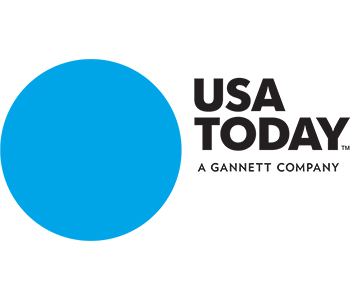
Utah hospitals try the unthinkable: Get a grip on costs
When a car rolls off an assembly line, the automaker knows exactly what parts, labor and facilities cost. Not so in health care, and now some health executives are trying to change that. Although U.S. hospitals account for the single largest chunk of the nation's $2.7 trillion in health spending, few of them can say how much it actually costs them to care for every patient they admit. Read more.
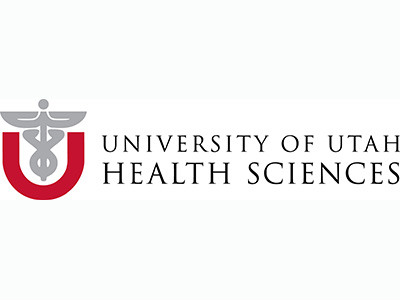
Tool decreases superfluous lab testing, cuts health-care costs
Anyone who's spent a night in a hospital knows the drill: In comes a phlebotomist, first thing in the morning, for lab tests. Physicians have long recognized that lab testing isn't necessary for all hospitalized patients on a daily basis. Regardless, such tests are often conducted because of routine.
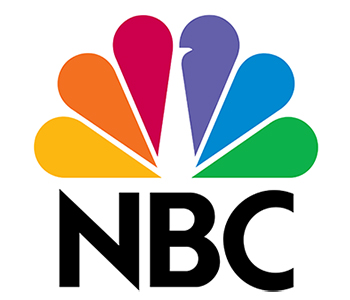
See how this hospital charges less and helps patients recover
Many hospitals can barely keep track of their own operating costs, but one hospital in Utah has figured out a way to get a handle on the problem — and others are anxious to follow its lead. Watch more.

How can we control our costs?
Hospitals are in the hot seat. Every week in the media, some article lasers in on the outrageously high and variable costs of health care and how those costs are bankrupting both individuals and the country. No one can argue the point. This year, the U.S. is projected to spend nearly $2.8 trillion on health care—which is more than Canada, Japan, Germany, France, China, the U.K., Italy, Brazil, Spain, and Australia will spend combined. Read more.

Exactly how much does that appendectomy cost?
Want to know one of health care's dirty little secrets? While we know how much the country spends on care each year, we have little understanding of what it actually costs to provide care. Think, for example, about an appendectomy. What does it really "cost" the health care system to perform that procedure? The answer is complex, and of course it includes everyone's time—from the surgeon to housekeeping staff—and it also includes the drugs, equipment, space, and overhead associated with your stay. Read more.
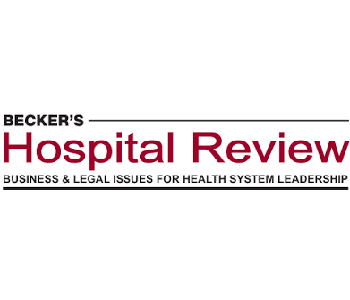
The true cost of care: How the University of Utah pursues value-driven outcomes
In September 2011, Robert Kaplan, PhD, and Michael Porter, PhD — both Harvard Business School professors — published a paper in Harvard Business Review titled "The Big Idea: How to Solve the Cost Crisis in Health Care." The paper identified the cost-measuring system as a fundamental source of ballooning healthcare spending. Read more.

University of Utah data tool clears up health care cost image
A new data tool developed by the U. is helping doctors and surgical teams visualize when they stray from protocols by shining a light on the costs racked up by their patients. It's sparking conversations about how to deliver better care more efficiently. Read more.

Want to know what your hospital visit costs? Head to the U.
Eighty-two cents. That's what it costs for each minute spent in the University Hospital's emergency room. A minute in their surgical intensive care unit will run you $1.43. If you spent that time getting orthopedic surgery in an operating room, you would be looking at $12 every 60 seconds. Read more.
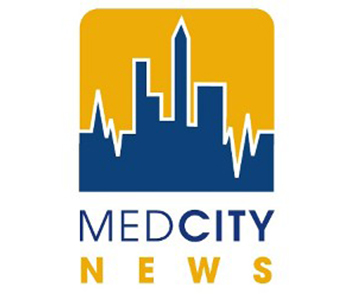
How to really measure the value in health care
Nearly two years ago, we embarked on journey into uncharted waters. We were at a moment in our history when our Exceptional Patient Experience results and UHC quality rankings affirmed that we had remarkable organizational capability, agility and capacity for change. Read more.